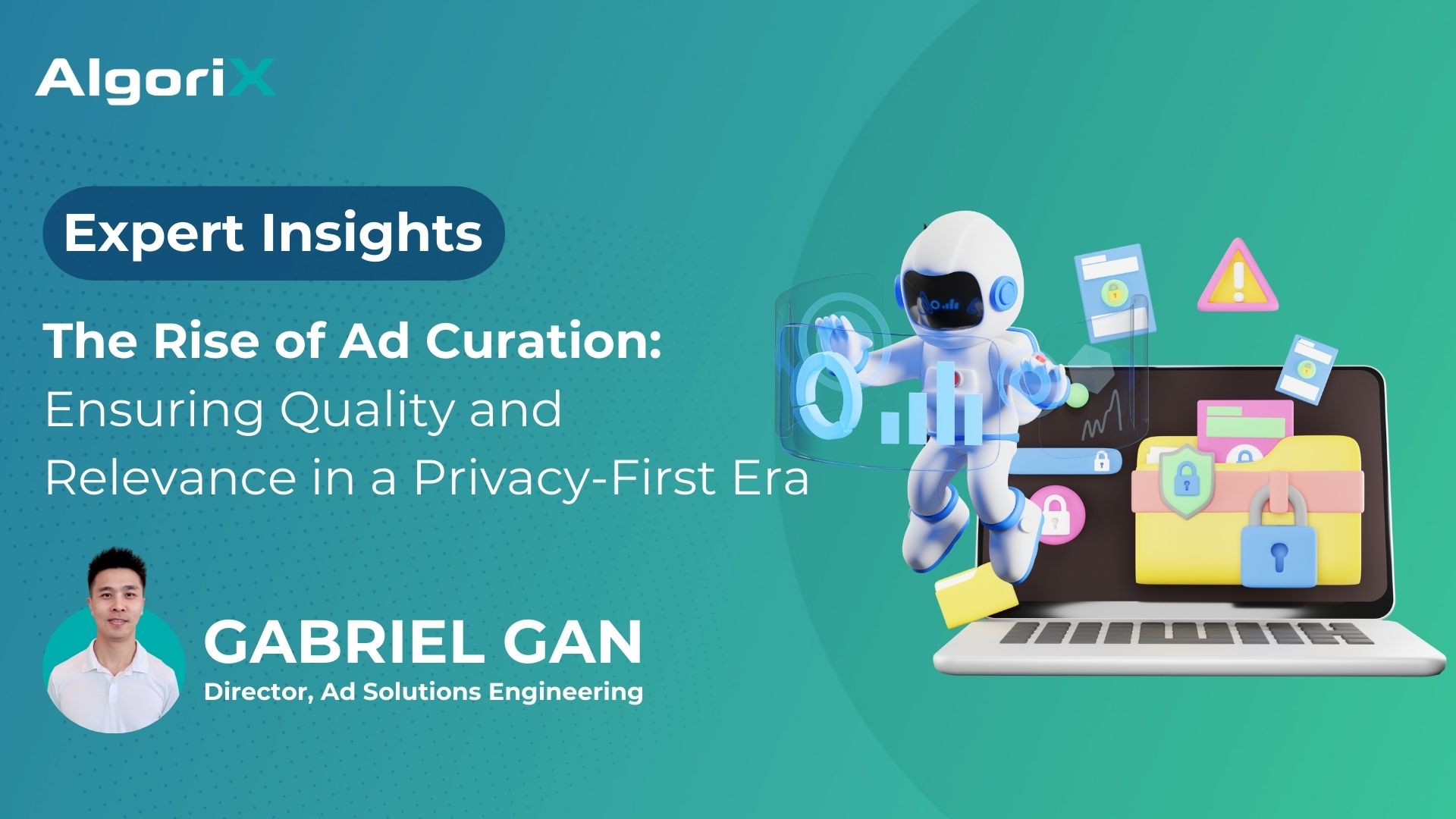Programmatic advertising was built to make buying media easier. Yet the latest transparency audit from the Association of National Advertisers (ANA) found that only 36 cents of every ad dollar that enters a demand-side platform actually reaches a person’s screen. At the same time, a UK study reports that public trust in advertising is stuck below 40 percent. These twin figures leave brands asking a blunt question: can we fix the leak and win back trust without compromising performance?
Where the Cracks Appear
A handful of structural faults keep programmatic advertising from earning full trust. They show up in three places—and they feed on one another:
- Hidden mark-ups
- A single impression can pass through half a dozen intermediaries, each quietly taking a fee that seldom appears in the contract.
- Requests then ricochet through multiple auctions, adding latency and duplicative costs.
- Quality lapses
- Scam creatives that slip past a rushed QA check damage both the publisher’s reputation and the advertiser’s brand.
- Opaque optimisation models—sometimes trained on patchy data—raise regulatory concerns about discrimination and over-collection of personal information.
- Carbon cost
- Industry calculators show a mid-sized online-video campaign can emit ≈ 5.4 t CO₂, roughly the same as driving a family car for a year.
- Trust now carries a footprint clause, making sustainability part of every performance discussion.
The feedback loop: hidden money funds shady inventory → shady inventory invites fraud → fraud triggers heavier targeting → heavier targeting burns more data and energy. Round and round the cycle spins.
Because these cracks reinforce one another, patchwork fixes no longer suffice, which is why change has become inevitable.
Why Change Is Inevitable
Advertisers are no longer waiting politely. Global brands now write “show-your-logs or pause” clauses, withholding spend unless partners provide granular reporting. Lawmakers worldwide are adding bite: Europe’s Digital Services Act demands transparent audit trails, California’s CPRA tightens opt-out rules, and fresh AI statutes require bias checks for automated decisions. Standards bodies, meanwhile, are converging on common definitions for viewability, invalid traffic, and log-level data. In short, the black box is being lit from every angle. Illumination that forces the industry to upgrade its plumbing as well as its optics.
Five Steps to Cleaner, Safer Ad Buying
To move from black box opacity to glass box clarity, five concrete technologies are doing most of the heavy lifting:
- Transparent ledgers (ads.txt · sellers.json · SupplyChain Object):
Declare every authorised seller and hop in the supply chain, so buyers can spot unapproved resellers and cut hidden mark-ups before they balloon.
- Smart traffic routing (real-time traffic-shaping + Supply-Path Optimisation)
Filters obvious bots, blocks duplicate auctions, and then steers each bid down the shortest, cleanest route—lifting win-rates while trimming transaction fees.
- Privacy-safe measurement (clean rooms + contextual AI)
Clean rooms let brands and publishers compare results inside a neutral vault where raw IDs never escape; cookie-free contextual AI analyses page meaning instead of personal history, matching—or even beating—traditional demographic targeting on engagement.
- Always-on bias guardrails
Continuous fairness tests replace once-a-year audits: every model release passes bias checks, and live drift alerts can automatically roll back suspect code in minutes.
-
Carbon-aware dashboards (CO₂ APIs)
Each impression carries a gram-for-gram CO₂ tag, so planners can weigh climate cost right alongside CPM and choose the lighter path when performance is equal.
What’s Still Holding Transparency Back
Even with steady progress, three simple blockers keep the industry from reaching a true “glass-box” state:
- Not all buyers reveal themselves – If files like buyers.json or DemandChain objects aren’t published, sellers never know who really bought the impression, and the audit trail simply stops.
- Different logs, different labels – Every platform names key columns in its own way. Analysts must rename and reorder fields before they can compare one exchange with another. A shared dictionary is in draft, but adoption is patchy.
- Tools and rules still unclear – Although open-source parsers and validators exist, few teams have plugged them into daily reporting. At the same time, brands worry that sharing detailed logs could break privacy laws without clear “safe-harbour” guidance.
Until the industry agrees on one common field list, plug-and-play tools, and explicit legal guardrails, transparency will keep spreading in isolated spots instead of covering the whole marketplace.
How AlgoriX Makes The Supply Chain Transparent
Our first layer of clarity sits with ads.txt and app-ads.txt: we read each publisher’s file daily and bid only on inventory that appears in those records. Matching seller information is open to everyone through our sellers.json, where each ID is tied to its legal entity and labelled as direct or reseller—giving buyers a simple way to confirm who they are paying.
When partners provide it, we forward the SupplyChain Object (schain) so demand-side tools can trace the path an impression has taken. For EU and UK traffic we also pass along the original consent string under IAB TCF v2.2, keeping a user’s choices intact from page load to auction. Finally, our mobile SDK and JavaScript tags execute the full Open Measurement API; we renew OM certification every year so accredited viewability and IVT vendors can measure our inventory without extra code.
A Clearer Way Forward
Transparency is no longer a paperwork chore; it is the sharpest competitive edge in media. When buyers see exactly where their budget goes, publishers know every hop in the chain, and users receive relevant, respectful ads that tread lightly on the planet, everyone wins.
Ready to leave the black box behind? Connect with an AlgoriX expert and let’s build a glass-box future together.












